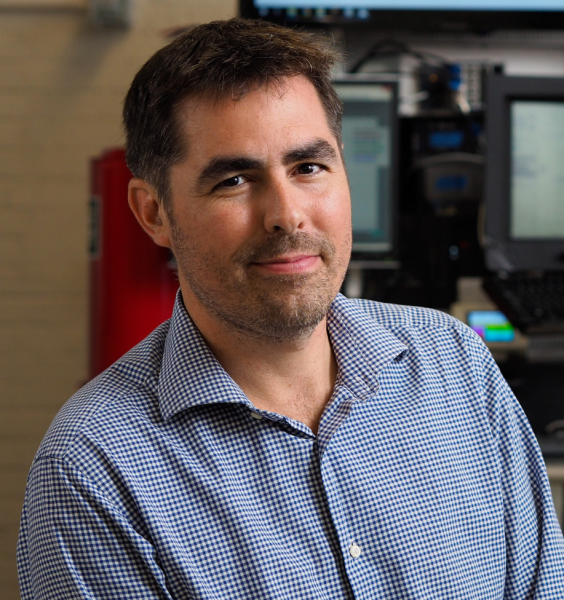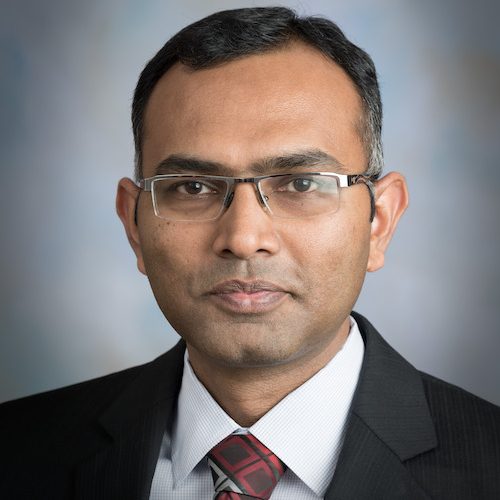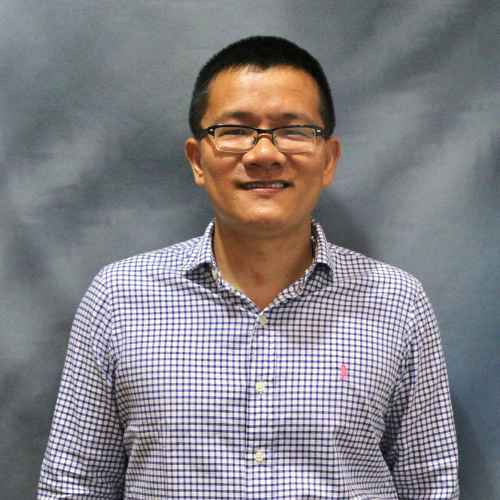The department of Mechanical and Aerospace Engineering welcomes four new faculty members hired to start the current academic year.
Tim Horn
Assistant Professor
Ph.D. (2014), North Carolina State University
Horn received his Ph.D. in industrial engineering from NC State. In addition to his role as an assistant professor in the Department of Mechanical and Aerospace Engineering, he is the director of research for the Center for Additive Manufacturing and Logistics and the Director of the Consortium on the Properties of Additively Manufactured Copper Powder (CPAC).
His research has focused on developing new alloys and parameters for Additive Manufacturing (AM) technologies, process monitoring and in-situ control. He is widely recognized as one of the world’s leading experts in designing operating parameters, machines and materials for powder-bed electron beam and laser melting AM processes. Leveraging the unique structure-property relationships feasible with AM is revolutionizing the design and production of numerous critical products, from patient specific implants and rocketry to jet engine and weapon system components. He has led several new material development efforts on behalf of a number of consortia, companies and government agencies and has organized numerous symposia. Dr. Horn is currently the chairman of the local Raleigh-Durham Chapter of the Society of Manufacturing Engineers.
Arun Kota
Assistant Professor
PhD (2008), University of Maryland, College Park
Kota received his B.S. in chemical engineering from Andhra University in India. He received his M.S. in chemical engineering from Clarkson University and a Ph.D. in mechanical engineering from University of Maryland at College Park. He was a postdoctoral researcher materials science and engineering at the University of Michigan. Prior to joining the NC State faculty, he was an assistant professor of mechanical engineering at Colorado State University.
His core expertise lies in the area of surface and interfacial science, particularly in tailoring the chemical composition and structure of functional materials at the molecular, nano- and micro- length scales to achieve the desired surface and interfacial properties. Leveraging this expertise, his research group conducts both fundamental and applied research in the areas of super-repellent surfaces, stimuli- responsive surfaces, anti-thrombotic surfaces and droplet fluid mechanics. His research is highly interdisciplinary and it addresses some of the key issues in the areas of membrane separations, phase change heat transfer, icephobicity, soft robotics, and hemocompatibility.
Jaideep Pandit
Teaching Assistant Professor
Ph.D (2014), Virginia Tech
Pandit received his Ph.D from Virginia Tech in 2014 working on the development of advanced heat exchangers for thermoelectric generator applications. Prior to joining NCSU, Dr. Pandit was a Research Scientist with the Mechanical Engineering department at Virginia Tech, responsible for operations of the Advanced Propulsion and Power Laboratory and various research projects in the thermal fluids domain. At NC State, his focus is on teaching undergraduate laboratories.
Jie Yin
Assistant Professor
Ph.D. (2010), Columbia University
Yin received his B.S. in marine engineering from Wuhan University of Technology. He received his M.S. in solid mechanics from Tsinghua University and a Ph.D. in engineering mechanics from Columbia University. He was a postdoctoral researcher in the Department of Mechanical Engineering at MIT. Prior to joining the NC State faculty, he was an associate professor in the Department of Mechanical Engineering at Temple University. Jie is the recipient of the National Science Foundation CAREER Award and Extreme Mechanics Letter (EML) Young Investigator Award.
Presently, he studies mechanics and design of reconfigurable mechanical metamaterials for achieving unprecedented mechanical properties. Jie also studies the mechanics guided design of high-performance soft robotics in both manipulation and locomotion for achieving high force, high speed, and high strength. Another topic is the mechanics and multifunctionality of active interfacial materials through controllable surface instability in wetting, optics, and adhesion. All of these topics are investigated through combining theoretical modeling, numerical simulation, and experimental techniques.



